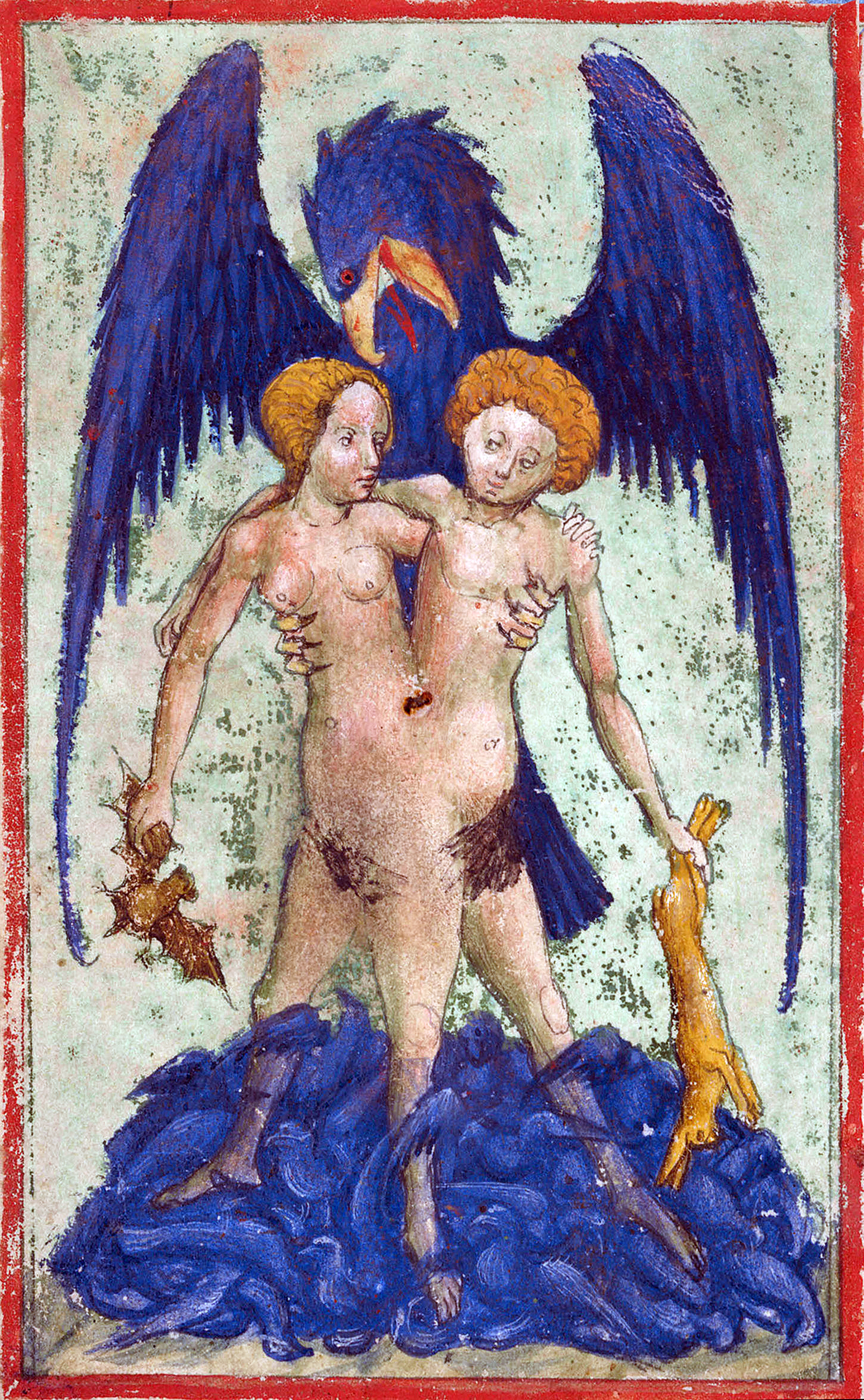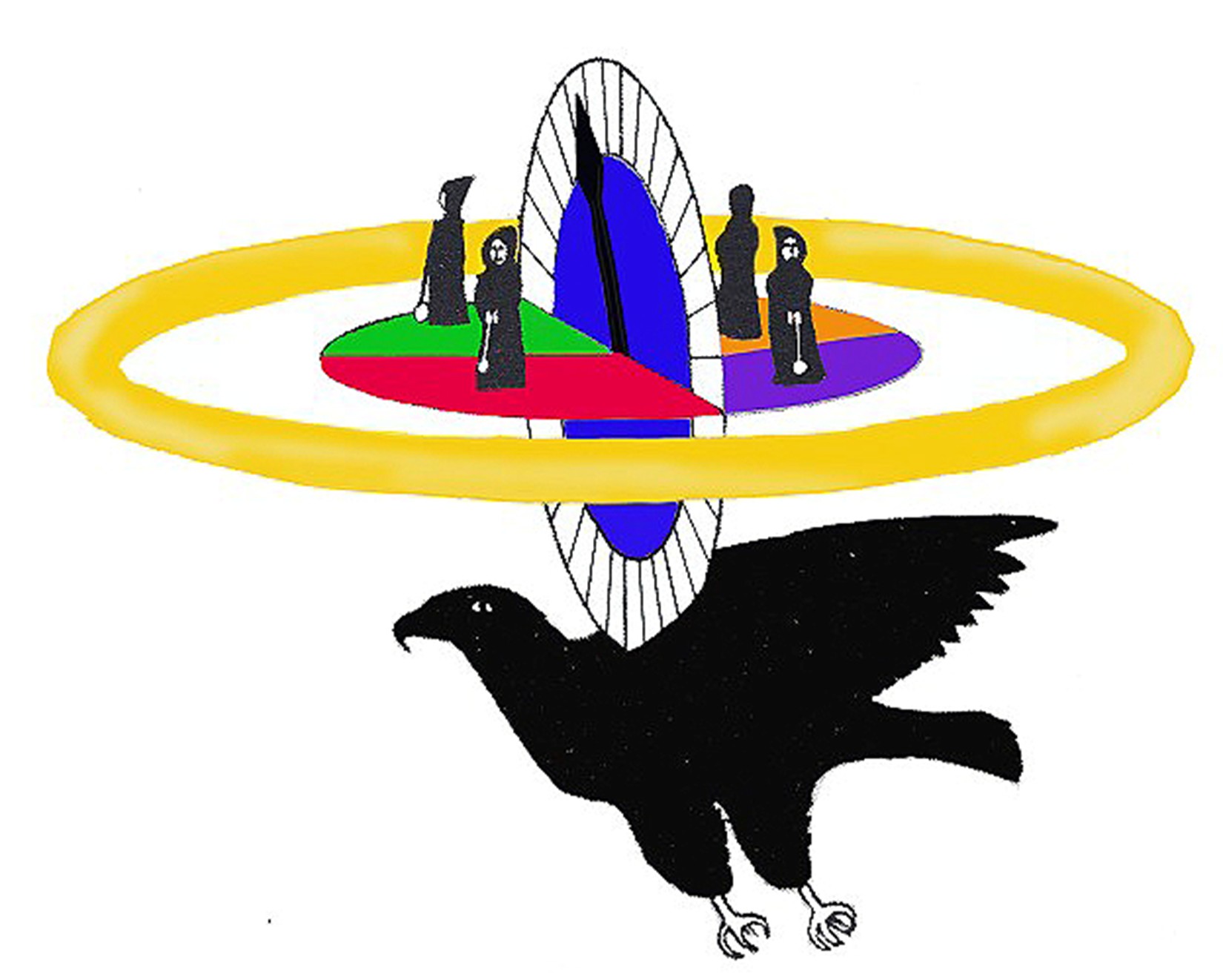
Paulis Dream
 Nobel-prize-winning physicist Wolfgang Pauli was working to merge mind and matter into one unified theory of the universe, and he entered into a fruitful collaboration with psychologist Carl Jung. Together they formulated the “Jung-Pauli Conjecture,” a tentative theory that unites mind and matter in a single underlying psychophysical reality.
Nobel-prize-winning physicist Wolfgang Pauli was working to merge mind and matter into one unified theory of the universe, and he entered into a fruitful collaboration with psychologist Carl Jung. Together they formulated the “Jung-Pauli Conjecture,” a tentative theory that unites mind and matter in a single underlying psychophysical reality.
The key to their theory was to trace the principles of physics to their archetypal roots. They found that when one analyses the pre-conscious steps from which these principles emerge, they are revealed not by logic but through archetypal images. In other words, the foundation of reality is built on images of light not words. Pauli even called for the creation of an entirely new physics in which the natural laws of matter are treated as the “physical manifestation of pre-existing symbolic images.”
An example of this process is Pauli’s dream of the “World Clock” (depicted above). The image shows two intersecting circles having a common center. On the horizontal disc (or Wheel of Time) are four monks carrying pendulums who orient the clock by setting off in four different colored quadrants.
Around this horizontal disc is an outer ring that originally emanated from four children huddled together at the center of the disk. The children aged to become the monks, who continue to age as they walk further away from each other. As the World Clock times out, the outer ring gradually changes from black to golden colored.
On the vertical disk (or “Wheel of Eternal Order”) is a dark blue clockface divided into 4 x 8 (32) partitions with a single pointer moving around it. Both the vertical and horizontal discs are carried through spacetime by a Black Crow, which is the symbol of Chronos, the Greek god of time. The image can be compared to the Relativistic Light Cone, which is the path that a flash of light would take through spacetime.
In his complicated dream of the World Clock, Pauli saw both disks moving in three rhythms. The first pulse advances the pointer on the vertical disc by 1/32. The second pulse occurs when the pointer completes one full rotation on the vertical disc, which causes the horizontal disc to advance the outer golden ring by 1/32. The third pulse occurs when the outer ring completes one full rotation, at which time the outer ring turns a more golden color.
Everything in the World Clock is centered around a singular point that is part of its movement but also eternally fixed. This paradoxical point acts like a mirror between worlds reflecting one into the other. For Pauli, this monadic point generates symmetry in physics, in which abstract mathematical operations reflect the real behavior of elementary particles, and vice versa. In Pauli’s view, symmetry was the archetype underlying modern physics. He felt the material level in quantum physics was reflecting a reality from some still deeper ground.
Pauli’s belief that reality is built on archetypal images of light is not really a new concept. It was recognized by alchemists, as is obvious in hundreds of their mysterious, symbolic drawings and engravings that have survived. These drawings try to capture the “pre-existing symbolic images” alchemists believed were behind the changes they observed in their laboratories and confirmed by simultaneous mutations in their own minds and spirits.
In other words, the same archetype—that could be known only through an image—was the source of both the physical and mental transformations they observed. Many alchemical philosophers believed they had discovered the Philosopher’s Stone—a monistic Substance that is the underlying force which unites mind and matter in a single psychophysical reality.
This Substance, or at least the concept of it, became the most closely guarded secret among alchemists of the late Middle Ages and Renaissance. Among its dozens of code words were the First Matter, Earth of Paradise, Pearl Beyond Price, Heavenly Stone, Matter of Which the Heavens Are
Composed, Philosopher’s Stone, The Matter of All Forms. Flower of the Sun. the Sperm of Light, and the Shadow of the Sun. American researcher and author John V. Panella succinctly summed up the predicament in which the alchemists found themselves:
“In oneself lies the imminent domain of a heritage that predates the worlds. We exist as a portion of light kept draped within a cloud of wonder, always seeking yet never finding that alchemical approach to change that seems unchangeable. Grasping at the wind, we search for an external fire that burns only within. Our future, our hope, our destiny lies in the change that results from a vibrating sound of harmony once discovered. That which is without is also within, that which one seeks has already been found. The key is to manipulate energy, thereby alchemically changing the exterior's reflection to imitate the inner gold of purity.”

